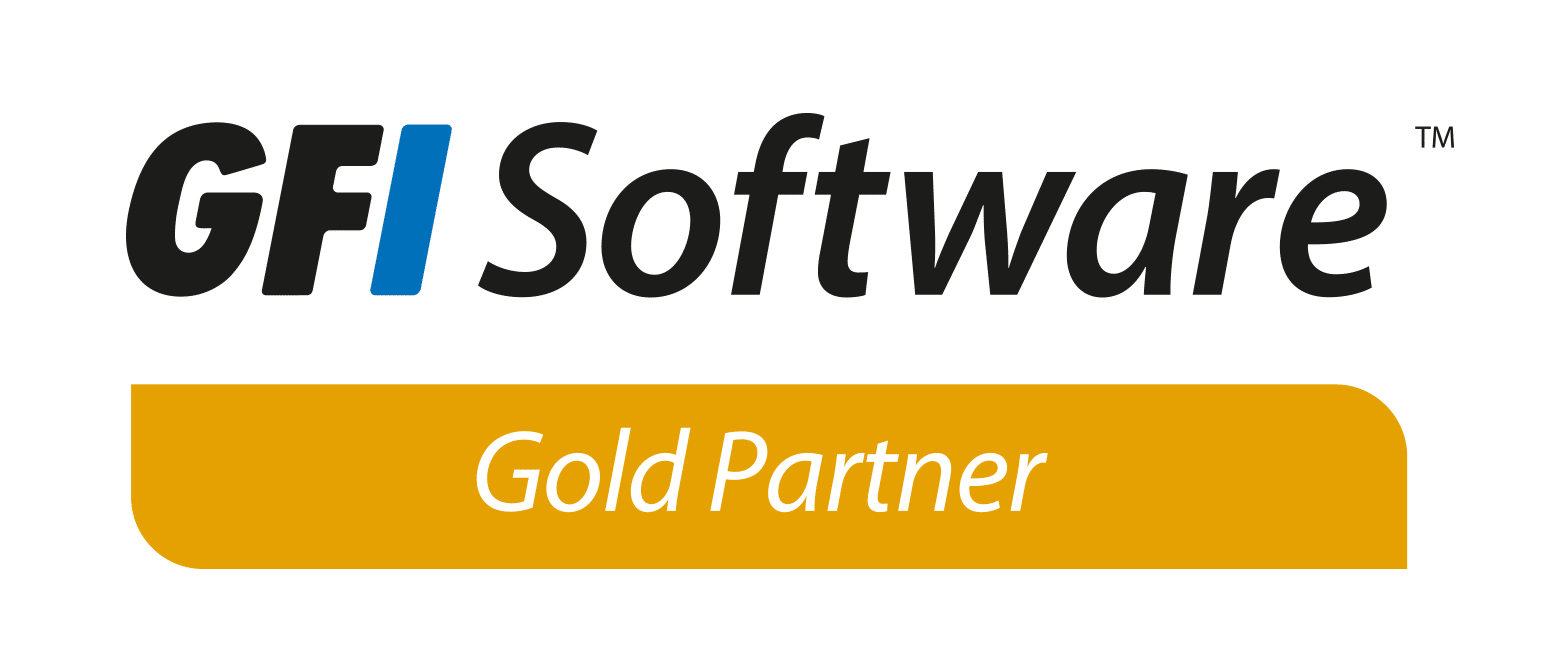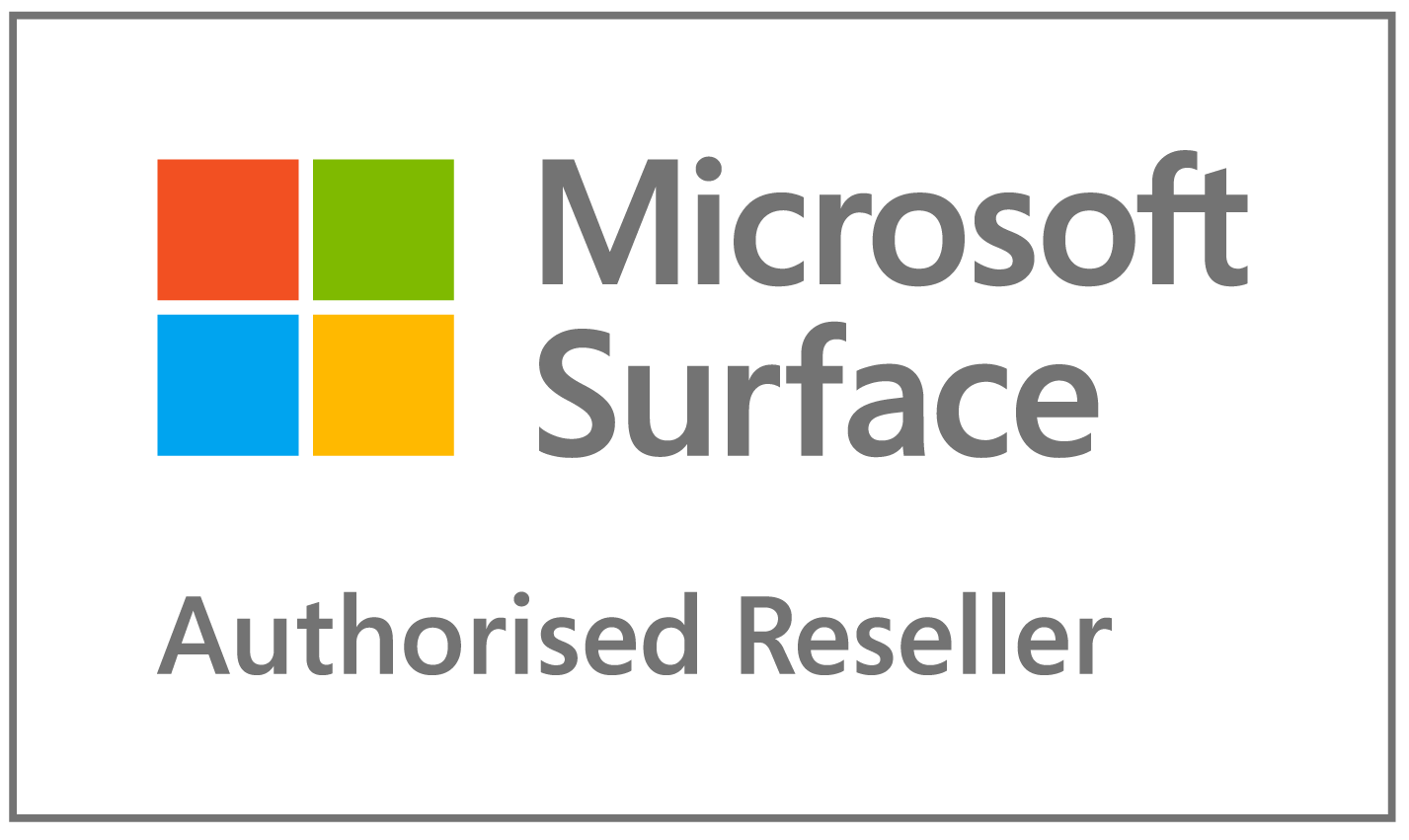With digital threats lurking around every corner, safeguarding your organisation’s digital assets has never been more critical. The Australian Signals Directorate (ASD) recognises this urgency and has devised a comprehensive cybersecurity framework known as the “Essential 8.” Let’s delve into this essential guide to fortifying your cyber defences.
What is the Essential 8?
The Essential 8 is a set of cybersecurity strategies developed by ASD to help organisations mitigate cyber threats effectively. It comprises eight key mitigation strategies, prioritised based on their effectiveness in addressing targeted cyber intrusions and ransomware attacks.
Understanding the Strategies
• Patch applications: Regularly updating and patching applications is crucial for fixing security vulnerabilities. Unpatched software can serve as easy entry points for cyber attackers.
• Patch operating systems: Similar to patching applications, keeping operating systems up-to-date is crucial for addressing security vulnerabilities and strengthening overall resilience against cyber threats.
• Multi-factor authentication: Implementing MFA adds an extra layer of security by requiring users to provide multiple forms of verification before accessing systems or data. This significantly reduces the risk of unauthorised access, even if passwords are compromised.
• Restrict administrative privileges: Limiting administrative privileges helps prevent unauthorised access and minimises the impact of cyber attacks. Only authorised personnel should have elevated privileges, reducing the risk of malicious activity.
• Application control: This strategy involves allowing only approved applications to run on your systems. By restricting unauthorised software, you significantly reduce the risk of malware infiltration.
• Restrict Microsoft Office macros: Malicious macros embedded in Microsoft Office documents pose a significant threat. Configuring Office applications to block macros from the internet can prevent potential breaches.
• User application hardening: Harden your systems by configuring applications to reduce their attack surface. This includes disabling unnecessary features and restricting privileges to minimize potential avenues of exploitation.
• Regular backups: Regularly backing up data is essential for mitigating the impact of ransomware attacks and data breaches. In the event of an incident, having up-to-date backups can facilitate timely recovery and minimise disruption to operations.
Why it Matters
Cyber attacks are becoming increasingly sophisticated, posing significant risks to organisations of all sizes. By adopting the Essential 8 strategies, businesses can enhance their resilience against these threats, safeguarding their sensitive information, maintaining operational continuity, and protecting their reputation.
In today’s interconnected digital landscape, cybersecurity is not an option; it’s a necessity. ASD’s Essential 8 provides a roadmap for organisations to strengthen their cyber defences and mitigate the evolving threat landscape effectively. By implementing these strategies, businesses can stay one step ahead of cyber adversaries and safeguard their digital assets against potential harm.
Talk to Mac Aid about implementing The Essential 8 to secure your data, your devices and your business.











